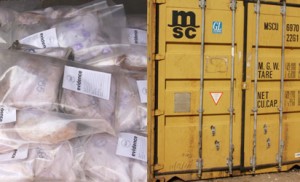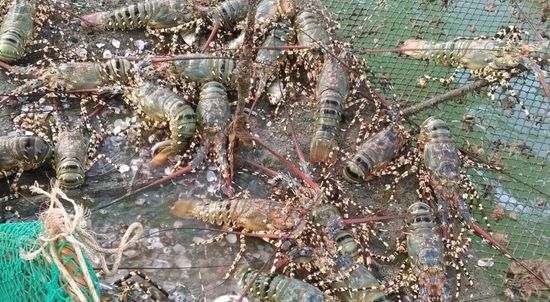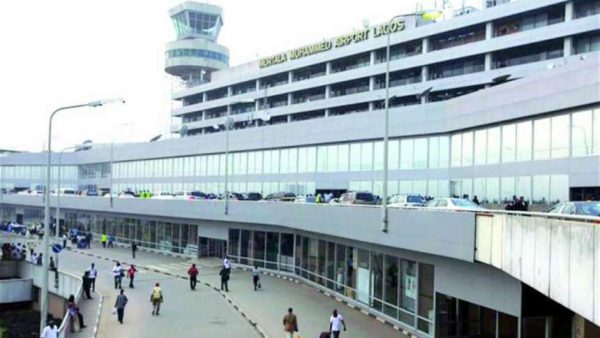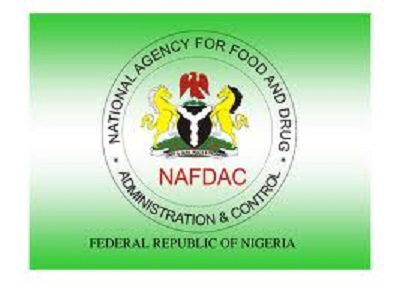SHIPPERS GUIDE
Benefits Of Physical Examination On Containers

In this edition of your education page, Shippers’ Guide, we are explaining what physical examination of containers or goods means; how to conduct it, who is eligible to conduct physical examination, who should be around when examination is being done and the necessity of this system considering that there is electronic system of the exercise. Chief Superintendent of Customs (CSC), Emmanuel Ekpa, the Public Relations Officer (PRO) of the Apapa command of the Customs is our guide for this week. Enjoy the teaching of an expert.
What is physical examination?
Whether you call it import examination or physical inspection of goods by customs, it is to ensure that the nature, origin, condition, quality and value of goods are in accordance with the particulars or declarations stated in the goods declaration form. The purpose of the examination is to confirm that those things imported are in accordance with what has been stated by the importer in the declaration form.
Who is eligible to carry out examination?
Examinations are conducted by proper officers. A proper officer is an officer of the Nigeria Custom Service (NCS) who has been assigned, detailed to perform a particular duty within a particular time. You realise that any officer that is not been assigned cannot carry out any assignment. For instance, in APMT terminal, an officer of the NCS might come from any terminal from Apapa like SIFAX to carry out any assignment there because he is not detailed to do so. So, it will not be proper for him to conduct the examination of the container because he is not the proper officer. Officer that is working at APMT is the proper officer to conduct such examination.
Of what rank can officer attain before he will be eligible to carry out examination on a container?
Presently, officers from the Assistant Superintendent of Customs (ASC) are eligible to conduct examinations. You know in Customs, we have schedule of duties, so officers from the rank of Assistant Superintendent of Customs is allowed to carry out examinations on containers.
Is there any special training for container inspectors?
No, all officers are trained for that, so it is our statutory duty. So, before you pass out from the training school, it is one of the core subjects you must take; we call it examination of goods. This takes us to what we mean by concealment. We talk about examination. What is examination? Examination is detailed search. That is to say that there are some areas, like a vehicle that priority will be given to. You realize that some people in the boarder station use spare tyre, spare parts to conceal, the bonnet of the vehicle can also be used to conceal some items. So, the reason we conduct a search is to find out these concealments and such search is what is called examination.
Who should be present when examination is being carried out?
The owner of the consignment or his representative must be present when the examination is being carried out, such as Customs Licence Agents, he represent the owner. The owner or his representative is supposed to be there and other approved government agencies. We conduct joint examinations. The point I want to emphasise is that Custom does not conduct examinations alone; we do joint examinations with other approved government agencies.
Sometimes when you carry out examinations on some goods, it shows green, yellow, blue or red, at what point does this happen?
That is a different segment entirely. That is when we are talking about scanning of containers. You know in most developed countries, this physical examination is done through scanning. We have scanners. Like here in Apapa, we have two scanners both the mobile and fixed scanners. The mobile scanner is like a vehicle while the fixed scanner is static. When we talk about the green light, yellow light etc, it is a different topic entirely which is entirely different from physical examinations of containers. Scanners work directly on images.
In carrying out your physical examinations, if you find out that there are undeclared goods, what do you do?
If we want to go by CEMA, under-declaration can amount to outright seizure. That is why my Area Controller, Charles Edike has been insisting that documentation is the gateway to easy facilitation of trade. When the documentation is wrong, you realise that the outcome is garbage in garbage out. So if you detect such a thing, it is outright seizure, but because of the good gesture of the Area Comptroller, what we call Debit Note (DN) will be issued. If it is in quantity or concealment, at the discretion of the area comptroller, one may now say let DN be issued. He will be given DN, what he supposed to pay since he did not pay it then, it will be given to him to go and pay. That is why sometimes you hear agents shouting, complaining that Customs have delayed their goods. Anyone that has done correct documentation, I want to assure you that Custom does not delay. We are talking of 48 hours cargo clearance, Customs can actually do it. What are those things that may hinder the attainment of such clearance?
What are the benefits of physical examination of goods?
Like what I said before, examination of containers is supposed to be by scanning. If it is physical, we are talking of direct manual process and this has its limitations. I want to tell you that Customs officers are actually trying their best because when you talk of examination, there are some challenges. These things have to be brought down physically for you to be able to see right inside. In scanning, you have images but physical examination you have the opportunity to see it the way it is. So, we may say that might be the advantage but remember physical examination because of its physical nature, wastes time, they labour themselves. The officers get tired because of the physical nature of the examination and as a result of this; some goods are not examined when they are supposed to. The task is tiring, going inside the container and examines them one after the other is really tiring, unlike the scanners the images will be seen immediately and interpreted. To every advantage, there is always disadvantage, so, physical examination helps us to see firsthand, the goods, whereas in scanners the officers still have to interpret and where it has block images, it will be subjected to physical examination. For example, gun may be dismantled and put as used motor parts, the scanner may not be able to detect it, but physical examination will detect it out. Another example is wrist watch, all the scanners will detect it as a wrist watch, it will not say if it is gold or something else and you know the cost of gold wrist watch is different from ordinary wrist watch, but physical examination will detect it out. It shows the real thing that is imported.
How long does it take to conduct physical examination on a 40 feet container?
You should have asked how many minutes. The Customs come in is when the importer‘s representative has positioned his container, the Custom officers will be invited and it does not take much time. It depends anyway on the contents of the container. It does not take days but minute or hours because some officers sometimes have up to 10-20 containers to examine in a day.
How many officers can conduct examination in a container?
It depends on the group. Over there examinations are conducted by a group. A group may have about 4-5 officers, so they conduct it in group with other approved government agencies. It is joint examination not only customs.





